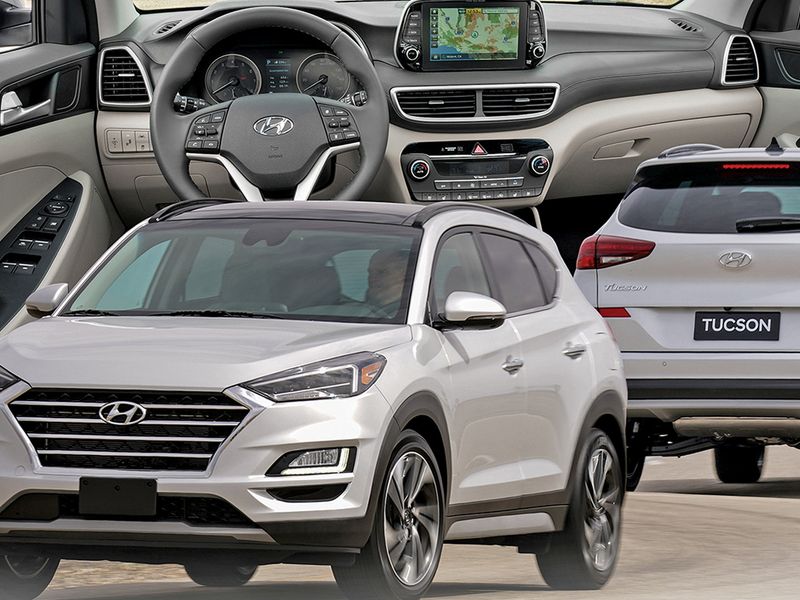
Hyundai made a big bet heading into the coronavirus pandemic, and it paid off in May.
The Korean automaker’s moves over the past several weeks should position it for a stronger rebound coming out of the industry’s shutdown.
Hyundai was among the first brands to introduce 0 percent financing for 84 months, deferred payments for 120 days and an industry exclusive in March: job-loss insurance that would cover up to six payments.
But for the strategy to work, Hyundai had to gamble on stocking up on inventory as its sole U.S. plant in Alabama was closing because of stay-at-home orders.
Luckily, South Korea had mostly overcome the worst of its virus outbreak, so Hyundai executives in the U.S. had a pipeline for popular crossovers such as the Kona, Tucson and Palisade.
“We elected to be very aggressive upfront to demonstrate leadership, to demonstrate confidence in the company and to provide resources for our dealers to get engaged,” said Randy Parker, vice president of national sales for Hyundai Motor America. U.S. executives had support from headquarters in South Korea to stay on the offensive.
The combination of factory incentives and ample inventory for popular models led to a manageable 13 percent sales drop in May — a big rebound from its 39 percent fall in April. Stripping out fleet sales, Hyundai sold more cars to consumers in May than it did in the same month last year.
Total sales in the first five months of this calamitous year are down 17 percent.
One key to the supply strategy was to convince dealers to take as many cars and crossovers as possible from existing inventory while cargo ships from South Korea headed to U.S. ports to replenish supplies.
“We created this win-win scenario where we provided an upfront stipend to the dealers if they were willing to take cars,” Parker said last week. The factory payments served “to help our network with cash flow. At the same time, if offered us an opportunity to keep the plants moving and the product flow moving.”
The plan came with significant risk. Analysts were predicting much bigger sales declines, following the economic shutdown in March. Some forecasts warned of an 80 percent industry decline. Had that scenario materialized, Hyundai dealers would have been stuck with a lot of extra vehicles and the inventory costs that go with them, Parker pointed out.
Hyundai’s May retail sales were 4.7 percent higher than May 2019. But the plummeting U.S. fleet market brought down its overall sales results.
“None of us would have guessed that, on a pure retail perspective, we would have been up 4.7 percent on a year-over-year basis,” Parker said.
Sales of the South Korean-built Tucson crossover came in at 15,552 in May, compared with 15,616 last year.
Hyundai sold 7,866 of the new three-row Palisade last month. It was not on sale in May 2019. And sales of the U.S.-made Santa Fe crossover reached 9,549 last month compared with 13,807 a year ago.
Hyundai wasn’t alone in posting strong numbers in May. Mazda sales fell just 1 percent compared with last year, and its deliveries are down just 11 percent in the first five months of the year. Honda sales fell 16 percent in May and are off by 25 percent on the year.
With Hyundai’s Alabama assembly plant back on line, the brand will continue to push sales aggressively in the coming months and seek market share, Parker said.
“Our standard business plan calls for us to sell more cars and continue to grow,” Parker said. “That’s never going to change.”
Ryan Gremore, president of O’Brien Auto Team in Normal, Ill., said his Hyundai store has benefited from the automaker’s sales plan.
“Hyundai has things really moving in the right direction,” he told Automotive News. “Their product is incredible and for May, their incentive package was great. They backed off a little in June, which was disappointing.”
The brand’s incentive program for dealers “is very lucrative if you can hit the number,” the dealer said. “They definitely have our attention, and we are putting a lot of resources into them.”